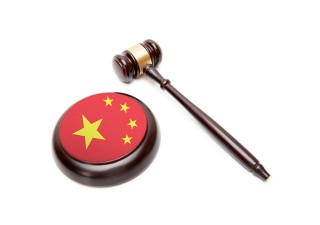Baker & McKenzie recently advised Porsche AG in a groundbreaking case involving the protection of copyright in architectural designs, according to lawyers at the firm. The case resulted in a victory for Porsche before the Beijing 2nd Intermediate People’s Court, and was upheld on appeal to the Beijing Higher People’s Court in a final decision issued on December 19. The copyright case was recognized as the most influential IP case in China for 2008 by the Supreme People’s Court on April 21.
The case relates to the corporate architectural design concept adopted uniformly for Porsche Centers throughout the world. The Porsche Center in Beijingwas completed in 2003 and registered copyright in the design of this Porsche Center with the National Copyright Administration in Beijing. The copyright registration was for the three-dimensional building itself as an architectural work. This work exhibited a number of highly original features, including a unique curved façade with horizontal panels, uniquely placed and proportioned glass front areas, and a stylized floor-to-ceiling glass entrance.
“We are delighted to have been involved in this successful and complex case,” said special counsel Scott Palmer. “While the trademark decision is noteworthy in its own right, the copyright decision was groundbreaking in two respects. It is the first case of its kind in China in which a court clearly established the parameters of protection for three-dimensional architectural works , and the first case in which [Chinese] courts issued an order to an infringer to substantially change the design elements of a completed building.”
The court judgment for the trademark case included an order to cease all infringements, an order to publish a statement in the China Automotive News to “eliminate the effects of the infringements”, and to pay damages to Porsche in the amount of Rmb200,000 (US$29,300) plus reasonable costs of Rmb17,079.
In its April 21 announcement naming the case as the top IP case of the year, the Supreme People’s Court said the case “has deep and positive significance in terms of applying civil liability to halt infringement in cases of infringement of architectural works and effectively halting infringements.”







